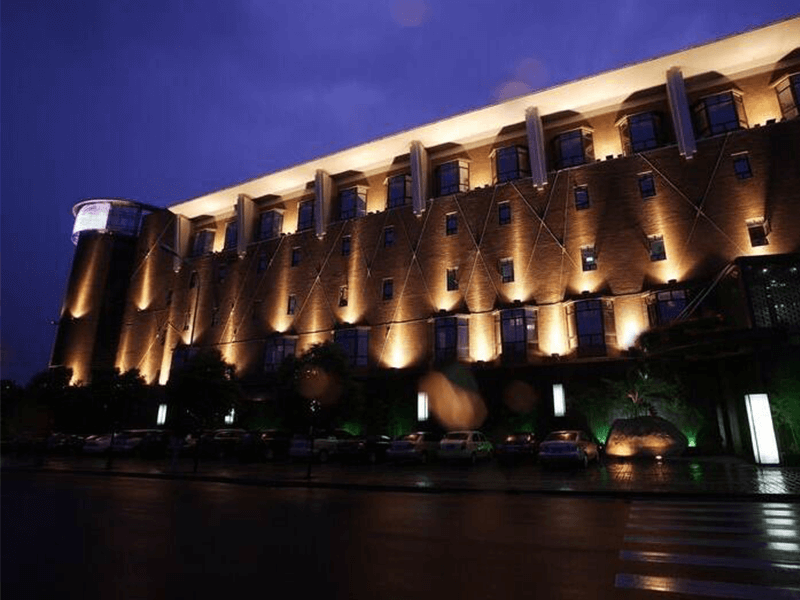Installing downlights offers a multitude of compelling reasons, ranging from enhanced aesthetics and energy efficiency to improved functionality and overall comfort. Let’s delve into the key factors that highlight the importance of incorporating downlights into your lighting scheme:
Stylish Aesthetics: Downlights add a touch of modern elegance to any interior space. Their sleek and discreet design seamlessly blends into the ceiling, creating a clean, minimalist look that enhances the room’s overall aesthetics.
Versatile Lighting: Downlights provide versatile lighting solutions for different areas and purposes. Downlights can be strategically positioned to cater to various lighting needs, offering solutions for other sites and goals. Whether you seek warm ambient lighting for a cozy living room, precise task lighting in the kitchen, or accent lighting to showcase artwork or architectural elements, downlights can be tailored to meet specific lighting requirements in each space. Whether you need ambient lighting for a cozy living room, focused task lighting in the kitchen, or accent lighting to highlight artwork or architecture.
Space-Saving Design: The recessed nature of downlights saves valuable space compared to traditional light fixtures. Installing flush with the ceiling or surface does not encroach on the available floor or wall space, making them an ideal choice for compact rooms or areas with low ceilings.
Energy Efficiency: Downlights, particularly LED variants, are highly energy-efficient. LED technology converts more electrical energy into visible light, minimizing energy wastage and significantly saving electricity over time. This eco-friendly feature reduces your carbon footprint and contributes to lower electricity bills.
Focused Illumination: Downlights are designed to direct light in a specific downward direction, providing focused and targeted illumination. This characteristic minimizes light spillage and reduces glare, ensuring optimal visibility without causing discomfort to occupants.
Flexibility in Design: Downlights are available in various sizes, shapes, and color temperatures, offering multiple design options to match different decor styles and personal preferences. Downlights can cater to your specific taste, whether you desire warm and inviting lighting or a crisp and modern ambiance.
Enhanced Safety: Recessed downlights eliminate the risk of accidental contact with hot bulbs or fixtures. They provide a safer lighting solution with reduced heat emission, especially in homes with young children or pets.
Long Lifespan: High-quality downlights, mainly LED models, have an extended operational lifespan. With minimal maintenance required, you can enjoy reliable and long-lasting lighting solutions, minimizing the need for frequent bulb replacements.
Dimming Capabilities: Many downlights are compatible with dimmer switches, allowing you to adjust the brightness according to different tasks and moods. Dimmable downlights provide added convenience and create a cozy and intimate atmosphere when desired.
Increased Property Value: Adding downlights can enhance your property’s appeal and value. Homebuyers and renters often appreciate well-designed and energy-efficient lighting, making downlights a valuable investment for improving your living space.
